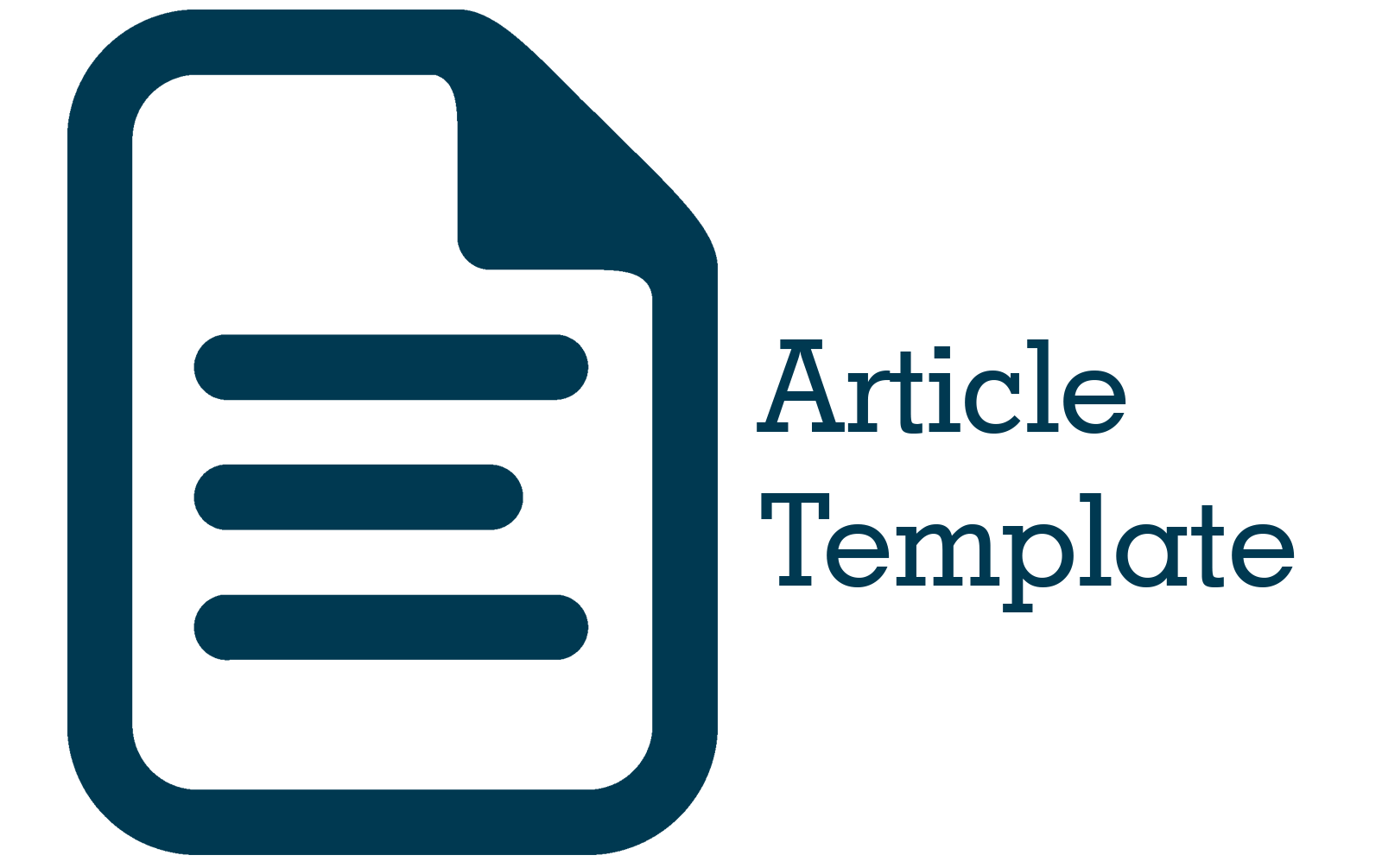Efek Hepatoprotektor Ekstrak Etanol Bunga Cengkeh terhadap Model Tikus Intoksikasi Parasetamol
Abstract
Abstract. Liver inflammation is a common trigger of liver disease, considered the main cause of liver tissue damage. One of the pathological causes of liver disease is drug-induced liver damage (DILI). Paracetamol is a drug that has characteristics as a hepatotoxin. Cloves serve as an alternative therapy for anti-inflammatory treatment. This study aims to determine the effect of administering ethanol extract of clove flowers (Syzygium Aromaticum) on the histopathological picture of the liver in Wistar strain white rats (Rattus norvegicus) post high-dose paracetamol induction. The research method is an experimental study with subjects consisting of 5 experimental groups, including a normal control group, a negative control group, P1, P2, and P3, with each group comprising 6 Wistar strain white rats. Paracetamol at a dose of 2000mg/kgBW was administered to all groups except the normal control group. After 3 days of paracetamol induction, clove flower ethanol extract was administered to groups P1, P2, and P3 at doses of 150, 300, and 600mg/kg BW, respectively, for 14 days. The group of rats given the ethanol extract of clove flowers experienced milder liver damage compared to the negative control group, where cell damage occurred from the central to the midzone of the liver lobule and half of the lobule experienced necrosis. There is significant effect of clove flower ethanol extract (Syzygium aromaticum) on the histopathology of the liver in Wistar strain white rats (Rattus norvegicus) post high-dose paracetamol induction. This study supports the potential of clove flower extract in anti-inflammatory therapy, particularly in protecting the liver organ from damage caused by toxic agents. Further research is needed to identify the duration of administration and potential side effects of clove flower extract in other animal models and clinical trials in humans.
Abstrak. Inflamasi hepar merupakan pemicu umum liver disease yang dianggap sebagai penyebab utama kerusakan jaringan hepar. Drug-induced liver injury (DILI) merupakan salah satu penyebab patologis terhadap hepar. Cengkeh berperan sebagai terapi alternatif untuk pengobatan anti-inflamasi. Penelitian ini bertujuan untuk mengetahui pengaruh pemberian ekstrak etanol bunga cengkeh (Syzigium Aromaticum) terhadap gambaran histopatologis hepar tikus putih Galur Wistar (Rattus norvegicus) pasca induksi parasetamol dosis tinggi. Metode penelitian ini adalah penelitian eksperimental dengan subjek yang terdiri dari 5 kelompok eksperimental termasuk kelompok kontrol normal, kontrol negatif, P1, P2, dan P3 dengan jumlah setiap kelompok 6 ekor tikus putih Galur Wistar. Parasetamol dosis 2000mg/ ada seluruh kelompok kecuali kelompok kontrol normal. Setelah 3 hari induksi parasetamol, ekstrak etanol bunga cengkeh diberikan pada kelompok P1, P2, dan P3 masing-masing dengan dosis 150, 300, dan 600mg/kg BB selama 14 hari. Terdapat ari ekstrak etanol bunga cengkeh (Syzigium aromaticum) terhadap histopatologi hepar tikus putih Galur Wistar (Rattus norvegicus) pasca induksi parasetamol dosis tinggi. P khususnya dalam melindungi organ hepar dari kerusakan akibat agen toksik. Diperlukan penelitian lanjutan untuk mengidentifikasi durasi pemberian dan potensi efek samping ekstrak bunga cengkeh pada model hewan lain maupun uji klinis pada manusia.
References
[2] Kleiner DE. Recent Advances in the Histopathology of Drug-Induced Liver Injury. Vol. 11, Surgical Pathology Clinics. W.B. Saunders; 2018. p. 297–311.
[3] Yoon E, Babar A, Choudhary M, Kutner M, Pyrsopoulos N. Acetaminophen-induced hepatotoxicity: A comprehensive update. Vol. 4, Journal of Clinical and Translational Hepatology. Xia and He Publishing Inc.; 2016. p. 131–42.
[4] Woolbright BL, Jaeschke H. Mechanisms of Inflammatory Liver Injury and Drug-Induced Hepatotoxicity. Vol. 4, Current Pharmacology Reports. Springer International Publishing; 2018. p. 346–57.
[5] Ericson-Neilsen W, Kaye AD. Steroids: Pharmacology, Complications, and Practice Delivery Issues. 2002.
[6] Wongrakpanich S, Wongrakpanich A, Melhado K, Rangaswami J. A comprehensive review of non-steroidal anti-inflammatory drug use in the elderly. Vol. 9, Aging and Disease. International Society on Aging and Disease; 2018. p. 143–50.
[7] Reiza Adiyasa M. Pemanfaatan obat tradisional di Indonesia: distribusi dan faktor demografis yang berpengaruh. Jurnal Biomedika dan Kesehatan [Internet]. 2021;4(3). Available from: https://dx.doi.org/10.18051/JBiomedKes.2021.v4.130-138
[8] Batiha GES, Alkazmi LM, Wasef LG, Beshbishy AM, Nadwa EH, Rashwan EK. Syzygium aromaticum l. (myrtaceae): Traditional uses, bioactive chemical constituents, pharmacological and toxicological activities. Vol. 10, Biomolecules. MDPI AG; 2020.











